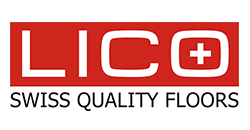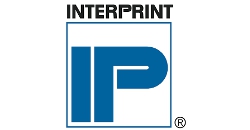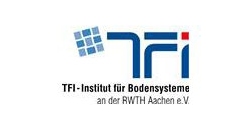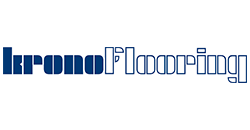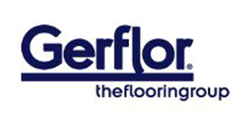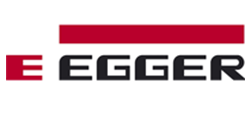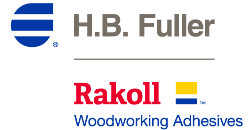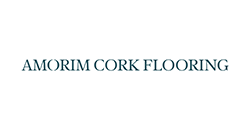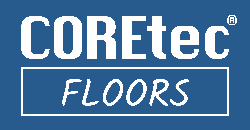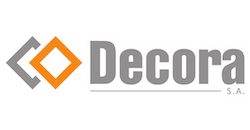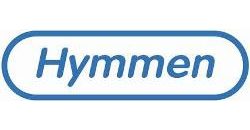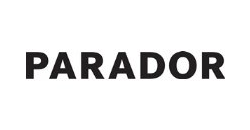1. Performance of underlays in relation to the substrate/construction
Requirements are given for each of the above-mentioned performance characteristics in order to guarantee the durability of the technical performance, in respectively light and heavier areas of use (e.g. living rooms, halls, kitchens, etc….) during the whole lifetime of the flooring.
Performance characteristics:
PC: punctual conformability – Performance relating to unevenness of the subfloor
 The substrate must conform to the Techn. Bulletin TB2 of the MMFA.
The substrate must conform to the Techn. Bulletin TB2 of the MMFA.
Smaller local imperfections like grains of screed can be leveled out by using appropriate underlays. It is essential that large-scale unevenness is leveled out by using appropriate measures (e.g. with a levelling compound or similar). For type 1 floor coverings, hollow spaces below the floor covering must be avoided in respect to reflection walking sound. Type 2 floorcoverings (cf. 3.3.) will be more critical in respect to imperfections of the subfloor. For example, larger gaps between tiles or cracks may show on the surface after some time. Unevenness may also put too much stress on the connection systems.
The capacity to level out the above mentioned imperfections is expressed using the PC value. This value is always given in mm and indicates an underlay’s capacity to ”absorb” local unevenness.
The higher the PC value, the better the underlay will be suited for for leveling out localized uneven areas.
SD: water vapor diffusion resistance

Moisture-sensitive flooring systems such as floor coverings with MDF/HDF core) require a permanently dry subfloor. In case of mineral substrates (e.g. concrete, screed, etc.), a water vapor diffusion control layer in the form of a moisture-proofing film is recommended for use on mineral substrates as a general principle in order to protect the floor covering from damages caused by rising residual moisture from the substrate.
Water vapor control layers can be either integrated into the underlay or be installed separately. The thickness of the water vapor control layer on its own is not significant in this respect, but the type and quality of the water vapor control layer are important.
The capacity to hold back the diffusion of water vapor is expressed using the sd value (SD).
The higher the SD value, the better the film or underlay will protect the floor covering against damage caused by rising damp.
Based on practical experience, this value should be at least 75 m.
Transparent polyethylene (PE) films with a thickness of 150 µm will most probably achieve sd values of > 75 m. The same applies for metalized plastic films with a thickness of >10 µm.
The requirement of 75 m is valid for substrates in equilibrium moisture content. When the substrate has a higher level of residual moisture, appropriate measures must be taken to dry the subfloor prior to the installation of the floor covering.
It is absolutely necessary to consult and respect the relevant requirements of the floorcovering supplier.
Permanent or longtime moist conditions under the floorcovering systems must be avoided. This could cause mold or other problems.
R: thermal resistance
 Case 1: Underfloor heating
Case 1: Underfloor heating
Case 1a: Heating is below the underlay (e. g. water/electric in screed/concrete) With underfloor heating systems, the floorcovering system must not affect the heating function. The floor covering system must not be an excessive barrier to the effective transfer of heat into the room. According to the BVF (Bundesverband Flächenheizungen und Flächenkühlungen or: German Association of underfloor heating and cooling) and the European standard for underfloor-heating dimensioning (EN 1264-3), the level of thermal resistance Rλ,B for the entire floor covering system should not exceed 0.15 m²K/W.
Case 1b: Heating is on top of the underlay (e. g. electric films direct on top of the underlay) In this case the energy shall pass through the floor covering in the room and as little energy as possible shall be lost in the subfloor. So the underlay should be able to avoid the loss of energy. Based on practical experience, this is achieved when the thermal resistant R of the underlay alone is higher than the heat resistance of the floor covering.
Note: It has to be checked if the MMF floor covering is suitable for this type of heating.
Heating/cooling below the underlay: The lower the Rλ,B value of the flooring system, the better suited the flooring system will be for use on a heated/cooled substrate.
Heating on top of the underlay: The higher the Rλ,B value of the flooring system and/or the R value of the underlay, the better suited the flooring system will be for use below a heating system.
Case 2: Underfloor cooling
In case of installation where cold water can be pumped through the underfloor heating system to provide cooling during the summer, additional requirements are needed. Under the floor covering, an automatic control for dew point (condensation) detection should be installed. This requires dew point sensors (i.e. probes) to be fitted under the floor covering, They will switch off the cooling system before condensation appears. Any condensation might result in damage to the flooring system. This could potentially lead to deformation, swelling, bubbles, formation of cracks, etc. The recommended thermal resistance Rλ,B for the entire flooring system for underfloor cooling systems should not exceed 0.10 m²K/W.
The lower the Rλ,B value of the flooring system, the better suited the flooring system will be for use on a heated/cooled substrate.
The Rλ,B value for the entire flooring system has to be calculated as the sum of the thermal resistances of all the layers (typically: moisture barrier + underlay + floor covering).
Example of a suitable floor-mounted superstructure:
MMF Floor covering 0.07 m² x K / W
Underlay 0.04 m² x K / W (= R)
Moisture barrier 0.005 m² x K / W
—————————————————
Total Rλ,B: 0.115 m² x K / W (≤ 0.15 and therefore suitable for below-heated floors)
Case 3: Looking for thermal insulation
In case of installation on uninsulated subfloors on ground floor or basement level, or above unheated areas like garages, a better living comfort can be achieved with a good thermal insulation of the floor covering. This can help provide higher floor temperatures and a more comfortable feeling when walking barefoot on the floor covering.
The higher the Rλ,B value of the flooring system, the better the flooring system will be suited for use on an uninsulated subfloor.





